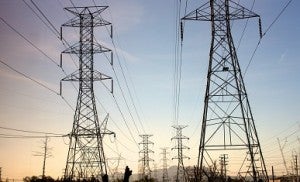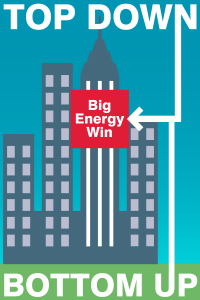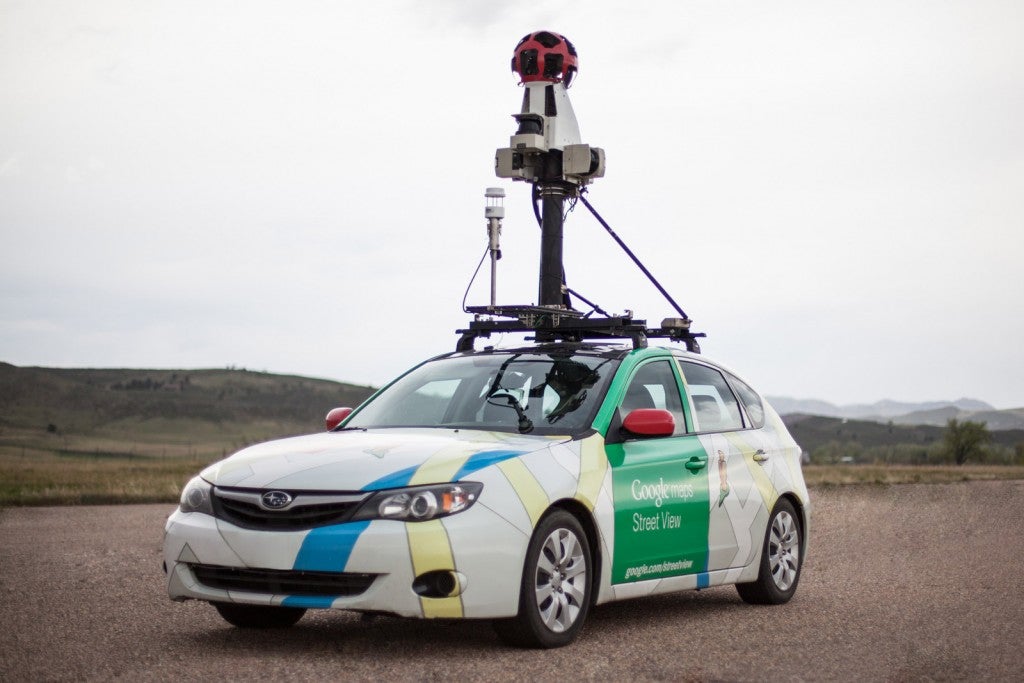 On vacation and awake in my too-soft bed at 5 AM while my family snored, I was regretting my misaligned sleep schedule. But then I realized time was on my side, so I tiptoed out in solitude for sunrise at the south rim of the Grand Canyon. Thanks to my very clever smart phone that is also a camera, my amateur photos (sort of) reveal the majesty of this national landmark. When we realize the schedule of Nature’s wonders is both beautiful and indefatigable, and humble ourselves with simple acts of realignment, harmony can be found amidst the springs and cliffs of our lives.
On vacation and awake in my too-soft bed at 5 AM while my family snored, I was regretting my misaligned sleep schedule. But then I realized time was on my side, so I tiptoed out in solitude for sunrise at the south rim of the Grand Canyon. Thanks to my very clever smart phone that is also a camera, my amateur photos (sort of) reveal the majesty of this national landmark. When we realize the schedule of Nature’s wonders is both beautiful and indefatigable, and humble ourselves with simple acts of realignment, harmony can be found amidst the springs and cliffs of our lives.
Just as timing helped me take advantage of something I would have otherwise missed and my smart phone aided in capturing the moment, similar lessons can be learned in how we use energy. My phone, when linked to a smart thermostat, can help align my electricity use with cheap, clean energy resources like solar and wind. Soon residential customers of California’s “big three” utilities, Pacific Gas & Electric (PG&E), Southern California Edison (SoCal Ed), and San Diego Gas & Electric (SDG&E), will be able to take full advantage of this option. Read More










 California has a nice problem: It’s producing so much clean solar energy that the state’s electric grid is at capacity, and sometimes beyond.
California has a nice problem: It’s producing so much clean solar energy that the state’s electric grid is at capacity, and sometimes beyond. What do Farmington, NM, Oklahoma City, Lakewood, CO and Dickinson, ND have in common? These cities are in the heart of oil and gas country, and – most importantly – were locations in which the BLM heard overwhelming support for strong efforts to reduce wasteful venting, flaring and leaks from the oil and gas industry at a series of public meetings in recent weeks.
What do Farmington, NM, Oklahoma City, Lakewood, CO and Dickinson, ND have in common? These cities are in the heart of oil and gas country, and – most importantly – were locations in which the BLM heard overwhelming support for strong efforts to reduce wasteful venting, flaring and leaks from the oil and gas industry at a series of public meetings in recent weeks. Companies today employ a wide array of energy reduction strategies, including energy efficiency, renewable energy, and the utilization of data management systems. But how can companies simultaneously improve these distinct facets of energy management and ultimately scale them? Increasingly, companies that show excellence in comprehensive, strategic energy management are able to employ both top-down and bottom-up management approaches, and infuse data into all levels of their work. This approach to driving progress has proven successful in many corporate energy management programs and is responsible for an increasing number of gains in the space over the last few years.
Companies today employ a wide array of energy reduction strategies, including energy efficiency, renewable energy, and the utilization of data management systems. But how can companies simultaneously improve these distinct facets of energy management and ultimately scale them? Increasingly, companies that show excellence in comprehensive, strategic energy management are able to employ both top-down and bottom-up management approaches, and infuse data into all levels of their work. This approach to driving progress has proven successful in many corporate energy management programs and is responsible for an increasing number of gains in the space over the last few years.
